A Gift of Nature
Red Tsingy is a miracle of nature in many ways to understand geology and erosion. The Red Tsingy is made of red laterite similar to clay and not of limestone rock like the Tsingy at Ankarana or Bemaraha. They are caused by heavy rain which is regular in these parts of Madagascar as well as the wind. As a result of erosion caused by the rain, wind and soft soil these ravines form ancient rock formations that are unique to Madagascar. These turned out to be sand formations overlaid by red clay long ago. Erosion has worn the clay away, exposing the tall white (with tinges of red) columns of sand formations underneath. For those who have been to Bryce Canyon National Park, it’s similar in some ways as both of them are formed by erosion. This fragile gift of nature can disappear quickly. Please do not touch them.
The Red Tsingy (Tsingy Rouge) is a unique and spectacular geological formation located in the Diana region of northern Madagascar, southeast of Antsiranana (Diego Suarez). It offers a striking contrast to the gray, razor-sharp limestone tsingy found elsewhere in the country (like Ankarana or Bemaraha).
Here are the key details about the Red Tsingy:
1. Unique Geological Formation
- Composition: Unlike the famous gray tsingy which are formed from limestone karst, the Red Tsingy is composed of red laterite (a deep red, iron-rich soil), sandstone, and marl.
- Formation: It is not considered a true tsingy (Malagasy for “where one cannot walk barefoot”) in the strict geological sense. The formations are ephemeral “fairy chimneys” or spires created by the rapid erosion of the Irodo River basin, caused by wind, rain, and surface runoff. This erosion is largely exacerbated by deforestation in the region.
- Appearance: The result is a series of delicate, towering pinnacles and ravines sculpted in vibrant shades of red, pink, and ochre, making the landscape appear surreal and otherworldly, like a scene from the American Wild West or another planet.
2. Visiting the Site
- Location: Situated on the Sahafary plateau, approximately 60–70 km south of Antsiranana.
- Access: Reaching the site requires an approximately two-hour drive from Diego Suarez, mostly on a challenging and bumpy dirt track (4×4 vehicle is highly recommended and often necessary).
- Experience: Visitors can walk down into the canyon to get a close-up view of the delicate structures. There are also viewpoints above the canyon that offer dramatic panoramic photos.
- Best Time to Visit: The colours are most intense and photogenic during the early morning (sunrise) or late afternoon (sunset). It is generally best to visit during the dry season (May to October), as heavy rains can make the access roads impassable.
3. Conservation Status
- The Red Tsingy is a highly fragile natural monument. Because the pinnacles are formed from soft laterite and clay, they are constantly being reshaped by the elements, and new structures can appear while old ones collapse. Visitors are strongly advised not to touch the formations to prevent accelerating erosion.
Local Hotels

Unsure Where To Start?
Let’s talk about your Earth Trip


Our travel specialists are seasoned explorers with deep local insights. Whether it’s uncovering hidden gems or planning immersive cultural experiences, we design trips that go beyond the ordinary. Get in touch today!
Request A Video MeetingOther Popular Experiences










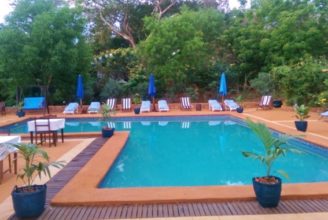
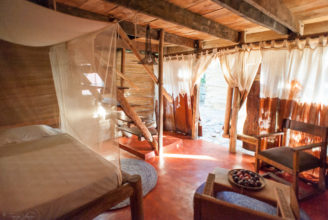
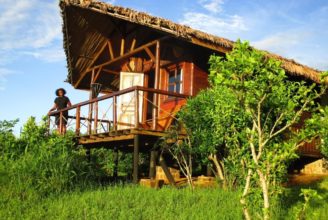
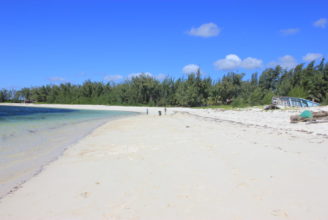
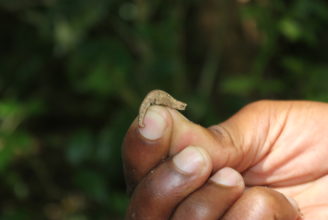
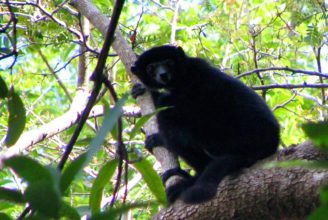
 Red Tsingy
Red Tsingy